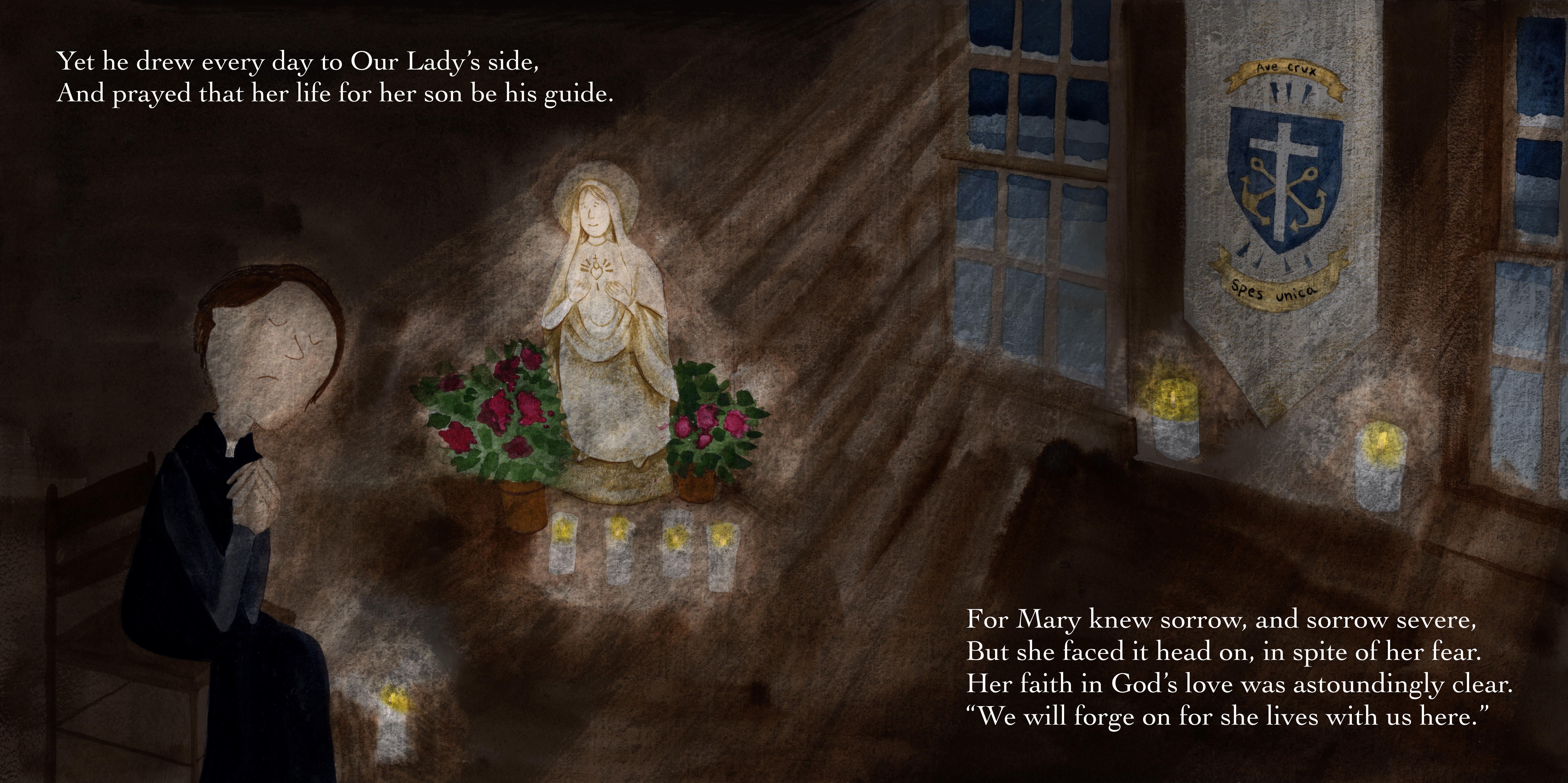I am pumped for this one.
Obviously, Katie and I are delighted to share Sorin Starts a School. Honestly though, we may be more excited for the book to financially support the work of the CSC in Bangladesh.
The history of the Congregation in Bangladesh includes so many contributors, serious builders. Below is a story including a few of them. (And while I won’t belabor the point, you can clearly see all the elements, from this week’s emails, of the CSC charism here.)
After I left Uganda in 2009, I spent a few months in Bangladesh to be close to the woman that I would later marry while she was finishing up her post-grad service term. Once there, I looked up Fr. Tom McDermott, CSC, who had helped run our volunteer orientation in 2007, and was now working in Dhaka, the capital.
A brief note on Dhaka. It’s a tough place to live. Bangladesh has half the population of the US on a land area equal to that of Illinois that seasonally floods. So, high population density. Dhaka is the most crowded city in the world. And gets real hot. Like, heat rash hot. It is a tough place to live.
And it was tough in 1851 when Blessed Basil Moreau agreed that the Congregation would take over the mission there. And it was tough in 1947 during the conflict with India and Pakistan following the partition of “British India.” And tough in 1971 when Bangladesh fought for its independence. Through all these seasons, the Holy Cross has accompanied displaced persons from conflict, marginalized indigenous people in the north, and scores of students through their excellent schools in Dhaka.
One Holy Cross missionary who dedicated his life to this accompaniment was Fr. Gene Homrich, CSC. He was born in Michigan in 1928, started at ND in 1947, was ordained a CSC priest in 1955 and later headed to East Pakistan (now Bangladesh). He worked there for sixty-one years helping to found two parishes with the indigenous tribes in the north, Jalchatra and Pirgacha. (He passed away only this past summer, from COVID-related complications. Here is a peek into the scope of his life’s contribution.)
And that summer in 2009, I found myself on the porch of the parish house in Pirgacha, after Fr. Tom invited me to tag along with him as he oriented the Bengal Bouts summer volunteers.
The sun was setting, Tom had just acquired both of us a quarter inch of Fr. Homrich’s scotch, and I settled in for a McDermott soliloquy. (If you’ve spent half a day with Tom, you know what I am talking about and you know that it is awesome.)
He riffed on the extraordinary history of the church in Bangladesh (“It’s like… Micronesia in a sea of Islam!”), where the CSC fit into that history (appreciating the indigenous leadership), and the Christian vocation generally (“Just think about it! A life of generosity is just more fun than a life of stuff!”). He also took care to include me in it all and helped me process my two years in Uganda (“It sure was cute of the Lord to drop you by here for a few months on your way back home.”).
It was a perfect distillation of the joy he takes in his vocation, and his extraordinary ability to share this joy; that is, to include others in God’s call.
I encountered this joy again some weeks later during what was ostensibly a silent retreat at the CSC house in Dhaka. Tom kept finding me to make sure I didn’t get too much quiet time.
Hey Paul – come on – let’s go visit the Missionaries of Charity house.
Hey Paul – come over here – there is someone I want you to meet.
Hey Paul – come on into the common room after dinner – I told the Bengal Bouts guys you would talk to them. Your topic is “The Truth Will Make You Strange.”
I have thought often about the topic he assigned to me that night. (The line is a play, by Flanery O’Connor, on the verse in John 8: “You will know the truth, and the truth will make you free.”)
It is a grace, I think, to be both free and strange, and this grace runs deep in Tom McDermott. Free to contribute your life to extraordinary work, and strange only to the eyes of the world who is caught up in other stuff and, honestly, not having as much fun.
His current project is, along with a formidable team, building Notre Dame University Bangladesh in Dhaka. It is our joy to support these CSC builders in Bangladesh with all profits from Sorin Starts a School. Let’s pray for the flourishing of their work, and for the grace to be made strange and free.
–
Order Sorin Starts a School: The Foundation of Notre Dame today! All profits support the work of the Holy Cross in Bangladesh.
Pumped about this project and have an idea of how we can collaborate? We’d love to hear from you.






